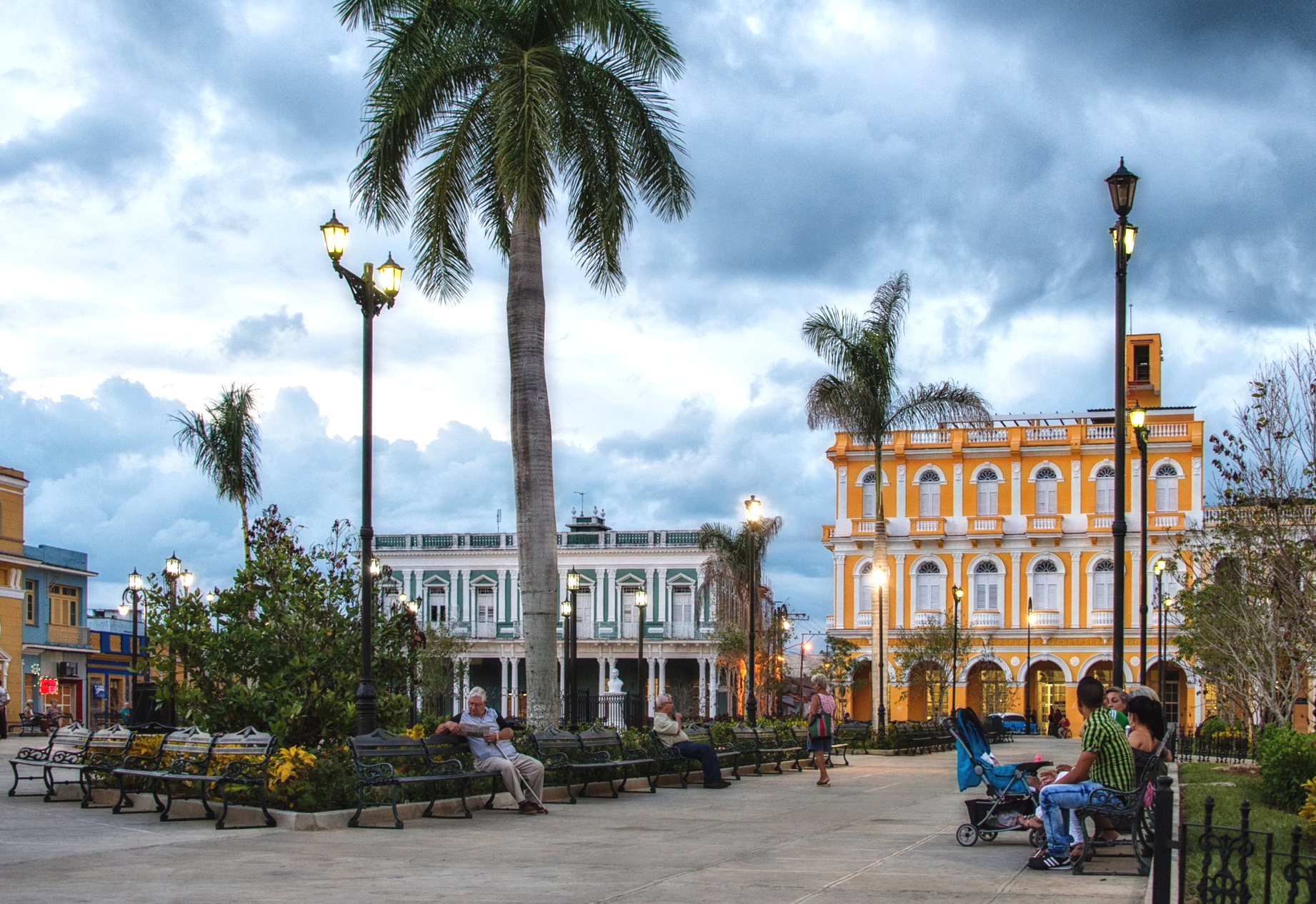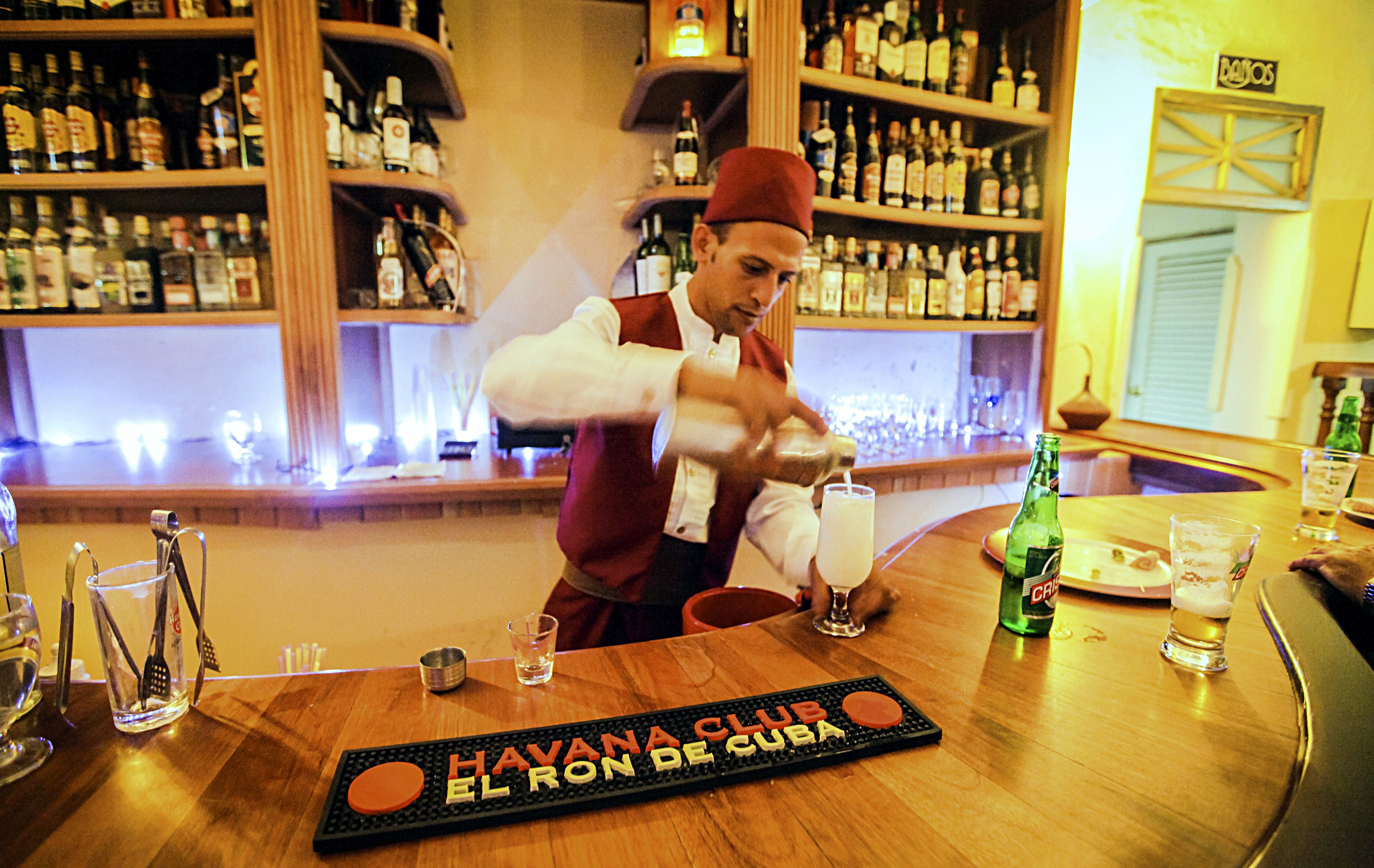
With the explosive growth of Cuba’s private sector, new state-run restaurants tend to get short shrift, but exceptions can be made for Taberna La Ribera Yayabo. Enjoying a pretty riverside location overlooking Sancti Spíritus’ emblematic humpbacked bridge, this retro bodega serves Cuban food with a Spanish influence cooked on an open grill in full view of the dining room. Meals are complemented by fine wines plucked from one of Cuba’s best wine cellars (in a cavernous room downstairs) and recommended by a resident sommelier, an endangered species in Cuba until recently.
Nearby you can detour to the Casa de la Guayabera, a mini-museum that revives the long-held belief that Sancti Spíritus is the birthplace of the pleated guayabera ‘wedding shirt’. To add validity to the claim, a small onsite museum displays glass cases of erstwhile guayaberas worn by the likes of Fidel Castro and Gabriel García Márquez, while a workshop next door demonstrates the skill involved in making them.
Founded as Santa María del Puerto del Príncipe in February 1514, Camagüey has long been a regional contrarian counterbalancing the confidence of Havana with the brooding sedition of Santiago. The city’s modern renaissance began in 2008 when the old colonial centre, notable for its unusual labyrinthine street layout and generous slew of baroque churches, was listed as a Unesco World Heritage site. With a 500th birthday to celebrate, Camagüey’s rehabilitation rocketed.

Since 2013 the city has opened several elegant restaurants, the quirky Bar Yesterday dedicated to The Beatles, and four new colonial-style hotels, from the regal Hotel Santa María to the railway-themed Hotel Camino de Hierro. However, perhaps the most inspired of its 500 anniversary creations is the ‘Calle de los Cines’, a stretch of arterial Calle Agramonte that has been given over to a movie theme. Camagüey’s key role in Cuban cinema history is catalogued with a multiplex cinema, a video-art gallery, a film studies center, a restaurant with movie director seating, and a bar themed for the film Casablanca.